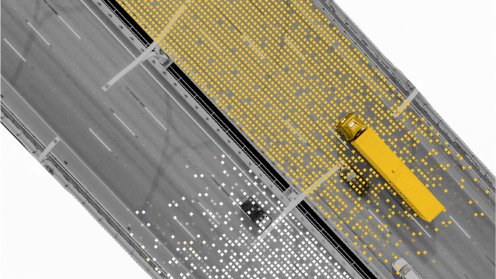Supply chain disruptions and capacity constraints have dominated headlines for the past two years, highlighting the instability and fragility of the global freight market. Freight rates increased across all modes of transportation in the wake of the COVID pandemic, leading to routing guide failures and rising tender rejection rates. This leaves shippers and procurement teams relying on the volatile spot freight market far more frequently, left at the mercy of carrier bids and astronomical spot rates. Overblown transportation budgets and shrinking profit margins are trickling into inflated prices for goods and bringing into question traditional freight procurement strategies. The C-suite is paying attention to these costs more than ever before.
Navigating the evolving freight market must include a comprehensive and efficient strategy for spot freight procurement. This article offers an overview of the spot freight market and spot market rates and explores how technological advances in artificial intelligence and machine learning are modernising spot freight procurement.



